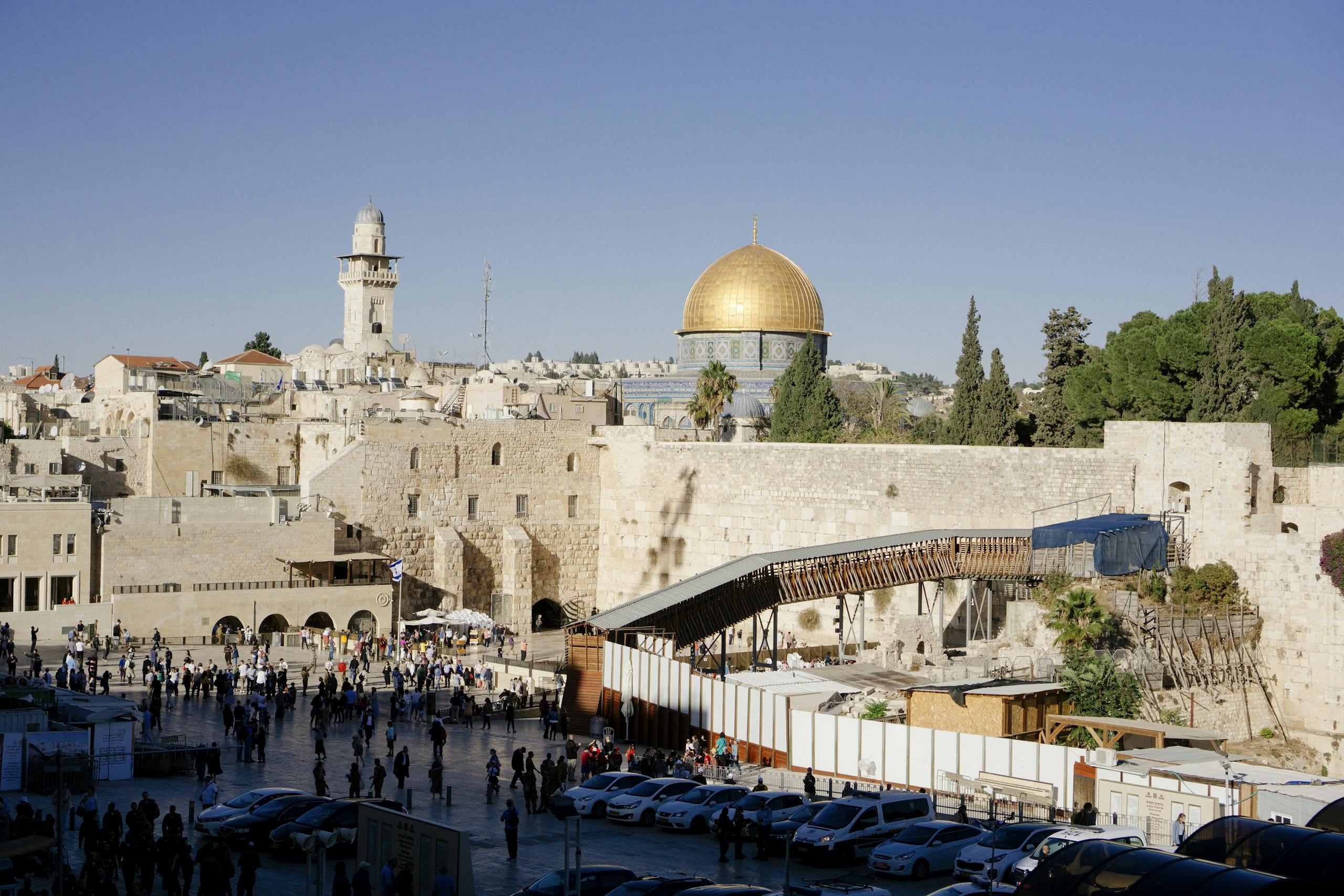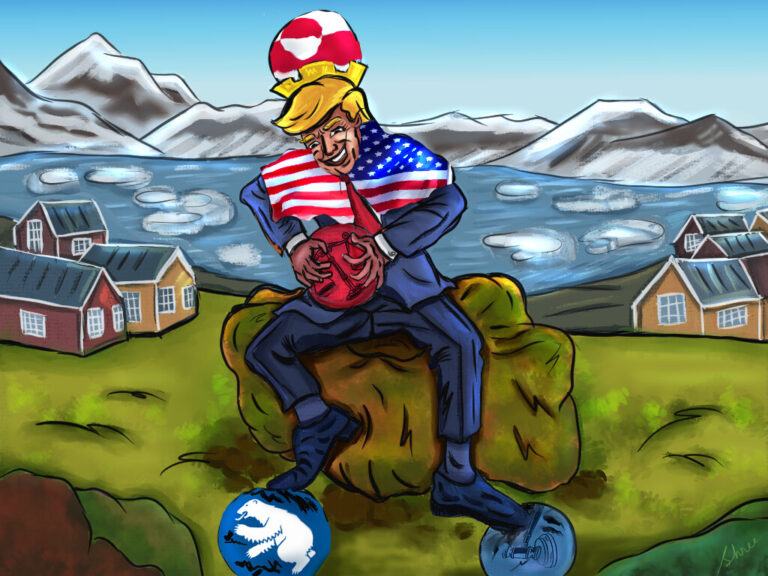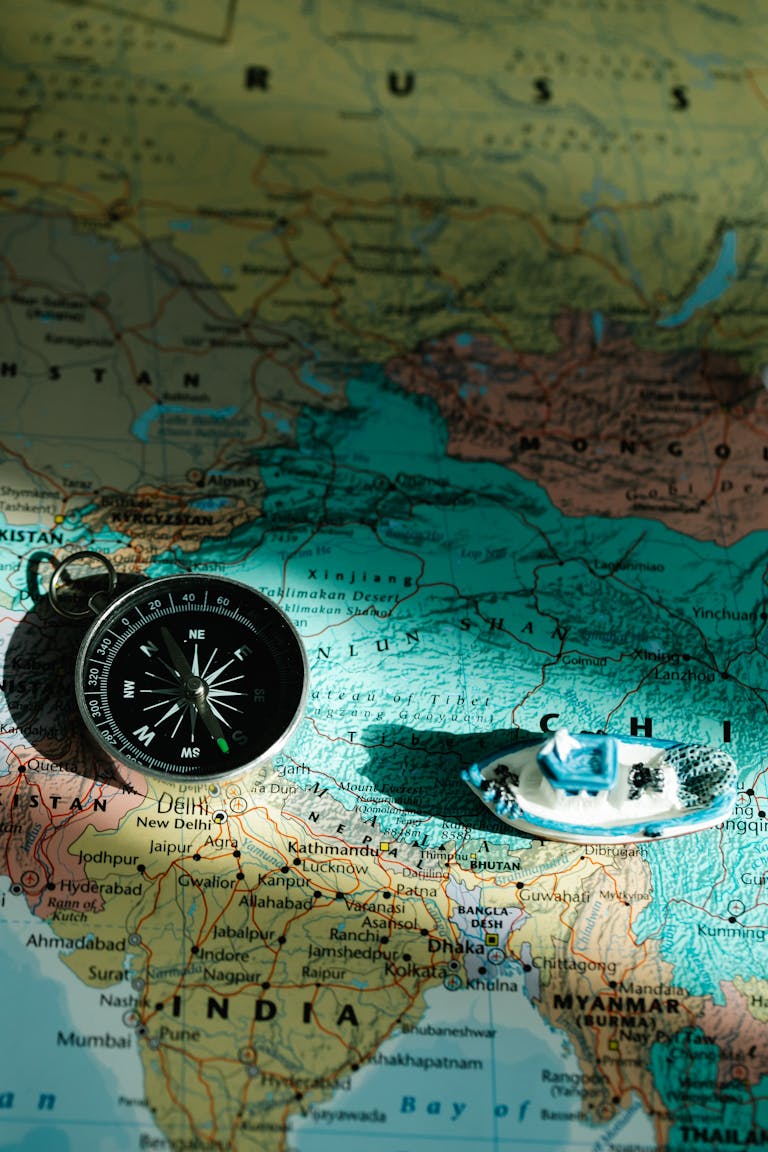Israel-Palestine: The state of affairs
Few conflicts around the globe have been as intense and news-dominating as the ongoing Israel-Palestine conflict, more specifically, the Israel-Hamas conflict. In fact, it raises the question: when has it not been ongoing? Since the establishment of the state of Israel in 1948, it has been a constant target of the Arab world, which sees it as an encroachment on Arab land and seeks its eradication. Israel, on the other hand, aims to establish a permanent home for Jewish people worldwide and has consistently thwarted Arab attempts to undermine its sovereignty throughout history.
But if we were to think that the root cause of this issue finds itself in the year of 1948, we would be mistaken. Nothing in history lives in isolation, and it’s true for the Israel-Palestine conflict as well. This article takes a brief look at the establishment of the mandate for the current state of Israel and proposed Palestine, the major ensuing conflicts after the fact, the significant attempts at peace between the two states, and finally the current state of affairs. The purpose of this article is to provide readers with a foundational understanding of the various aspects of the conflict, offering an introductory overview without delving into exhaustive detail.
A brief historical Introduction
The Israel-Hamas conflict is a protracted and complex issue rooted in decades of political, territorial, and cultural disputes. The modern conflict can trace its origins back to the early 20th century when the region was part of the Ottoman Empire. Following World War I, the British Mandate of Palestine was approved on July 22, 1922.
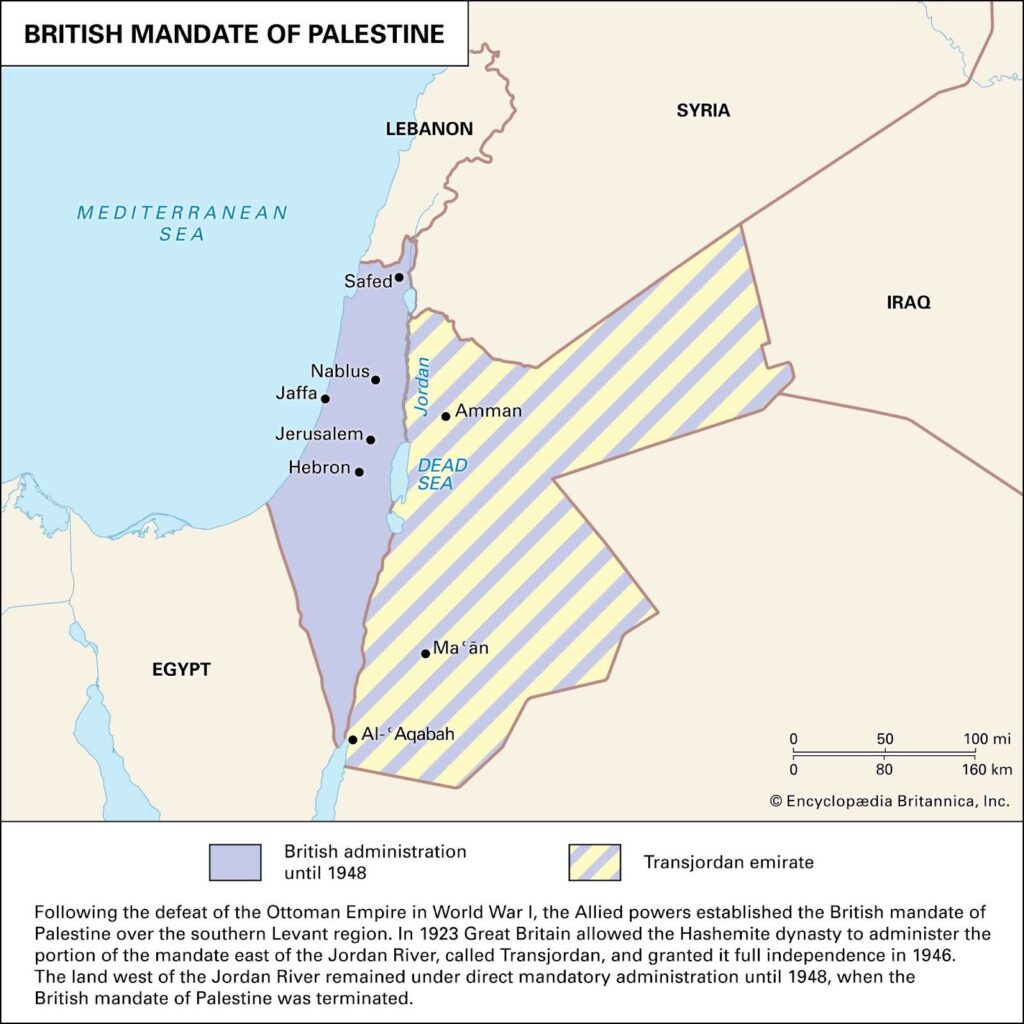
The British Mandate granted Britain administrative control over the territory of Palestine, including present-day Israel and Jordan, with the aim of implementing the Balfour Declaration supporting a Jewish homeland while respecting the rights of existing communities. The Balfour Declaration was a controversial statement issued by the British government in 1917, expressing support for the establishment of a “national home for the Jewish people” in Palestine. It emphasized that this should not undermine the civil and religious rights of existing non-Jewish communities in the region. This had caused a great stir amongst the local Arabs who saw it as a path to an invasion of their homeland. On the other hand, The Balfour Declaration was issued in 1917 to garner the support of the influential Zionist movement, which advocated for a Jewish homeland in Palestine. By expressing support for this goal, Britain aimed to strengthen its alliances during World War I, particularly seeking favor with Jewish communities in the United States and Russia to bolster the Allied war effort. This strategic move was also intended to secure British influence in the Middle East post-war, balancing competing interests and ensuring political stability in the region.
The creation of the State of Israel in 1948 marked a significant turning point, leading to the first Arab-Israeli war.

The subsequent wars in 1956, 1967, and 1973, and the ongoing disputes over territory, particularly the West Bank and Gaza Strip, have fueled the conflict. As a result of these wars, the borders between the state of Israel and Palestine have changed a lot over the years.

Note: The image illustrating the changing landscape of Israel and Palestine over the years provides valuable insights. However, since the source is Al Jazeera, readers should be aware of the potential pro-Palestine bias reflected in terms such as “Palestine expulsion” and “Zionist.”
Insights into the conflict resolution
To understand how we have reached where we are today, let’s try and take a brief look at the history of the two conflicting entities.
Since its establishment in 1948, Israel has operated as a parliamentary democracy. The country has had a series of significant prime ministers who have shaped its policies and political landscape. David Ben-Gurion, Israel’s first prime minister, was instrumental in the founding of the state and establishing its early institutions. Golda Meir, one of the first female prime ministers in the world, served during the tumultuous period of the Yom Kippur War. Yitzhak Rabin, who signed the Oslo Accords with the Palestinian leadership, sought peace but was assassinated in 1995. Benjamin Netanyahu, the current and longest-serving prime minister, has played a critical role in modern Israeli politics, focusing on security, economic growth, and a hardline stance on Palestinian issues. Israeli politics have often been characterized by coalition governments, reflecting a wide spectrum of political opinions, from secular and liberal to religious and conservative viewpoints.
On the Palestinian side, the Palestine Liberation Organization (PLO) has been the main political and administrative body since its establishment in 1964. The PLO, led for many years by Yasser Arafat, sought to create an independent Palestinian state. Arafat became a symbol of Palestinian nationalism and played a central role in both diplomatic negotiations and armed struggle against Israel. In 1993, the Oslo Accords marked a significant moment when the PLO recognized Israel’s right to exist, and Israel recognized the PLO as the representative of the Palestinian people, leading to the creation of the Palestinian Authority (PA). The PA was tasked with limited self-governance in parts of the West Bank and Gaza Strip.
Hamas, founded in 1987 during the First Intifada, emerged as a significant Islamist political and militant organization. Its founding charter originally called for the destruction of Israel and the establishment of an Islamic state in historic Palestine. Hamas gained control of the Gaza Strip in 2007, following a violent conflict with Fatah, the dominant faction within the PLO. This split has resulted in two separate Palestinian administrations, with Hamas ruling Gaza and the Palestinian Authority controlling parts of the West Bank. Hamas’ governance in Gaza has been marked by ongoing conflicts with Israel, impacting efforts towards peace and Palestinian unity.
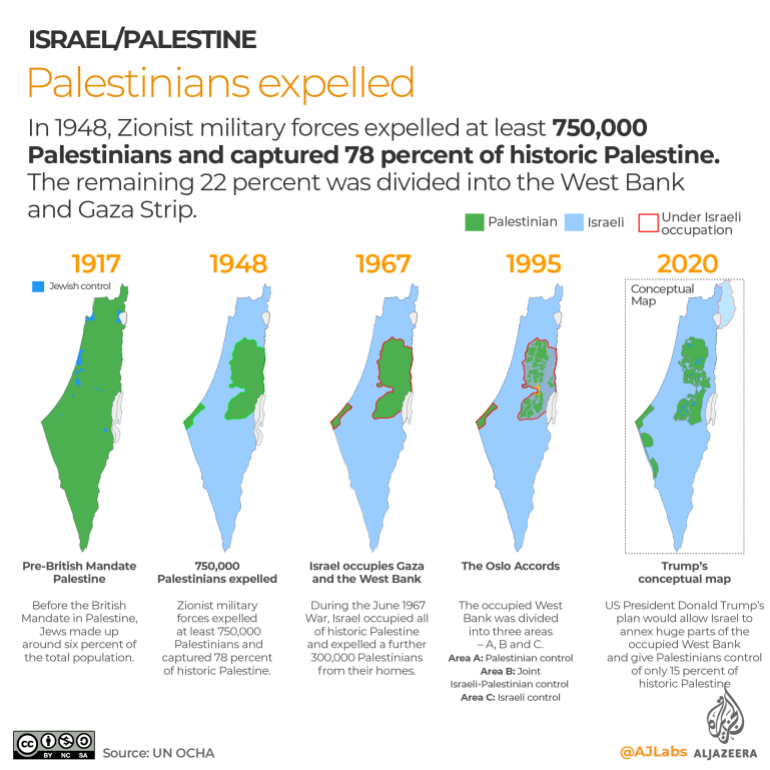
The USA played a significant role as a mediator, bringing both Israel and Palestine to the negotiating table for this historic accord. Although it did not achieve its intended peace, the Oslo Accords remain one of the most significant attempts to bring the two sides together through diplomacy rather than conflict.
The Current State of Affairs
As of the latest developments, the Israel-Hamas conflict continues to escalate with frequent outbreaks of violence. The October 7 attacks, where Hamas launched multiple rocket barrages towards Israeli cities, and infiltrated Israel killing nearly 2000 and capturing nearly 250, marked a significant escalation, prompting retaliatory airstrikes by Israel. Tensions have been exacerbated by long-standing grievances, including disputes over access to holy sites such as Al-Aqsa Mosque in Jerusalem, which sparked intense clashes a few years ago. These incidents reflect deeper religious and territorial tensions that fuel the conflict’s recurring cycles of violence.
Internally, Israeli Prime Minister Benjamin Netanyahu’s leadership has faced mounting challenges and growing unpopularity, exacerbated by corruption allegations and political fragmentation. Critics accuse Netanyahu of adopting policies that indirectly bolster Hamas, either through military responses that strengthen Hamas’ narrative of resistance or through broader geopolitical strategies that inflame regional tensions. The Israel-Palestine conflict, once confined to its immediate borders, has increasingly entangled neighboring states and regional powers, like Hezbollah from Lebanon, or the Houthis from Yemen, turning it into a broader Middle Eastern issue with geopolitical ramifications.
Efforts to mediate peace and de-escalate tensions, often spearheaded by international actors like the United States and regional powers, have yielded mixed results. The cyclical nature of violence, coupled with deep-seated historical grievances and competing nationalist aspirations, continues to pose significant challenges to achieving a sustainable peace agreement. As the conflict persists, its humanitarian toll on civilians in both Gaza and Israel remains a stark reminder of the urgent need for renewed diplomatic efforts and a comprehensive resolution to the underlying issues.
Conclusion
The Israel-Palestine conflict is a deeply entrenched issue with no easy solutions. However, a combination of robust international diplomacy, economic development, political reconciliation, and grassroots peacebuilding efforts offers a glimmer of hope. While the road ahead is undoubtedly challenging, the pursuit of peace remains a vital and urgent endeavor for the sake of both Israelis and Palestinians. Israel reserves the right to defend itself from its surrounding enemies who are hell bent on destroying it. Palestinians deserve the right to live with dignity and peace, and ultimately, it is on them to rid themselves off of cancerous ideologies of organizations like Hamas. The wider Arab world needs to support both Israel and Palestine in defusing this situation and come to the negotiating table. Two state solution has to be the most pragmatic way forward, provided both sides remain committed to peace, and the Arab world drops the idea of “eradicating” Israel. Israel on its part, needs to do a better job at finishing off Hamas without sacrificing innocent Palestinians in the process. This conflict is the perfect example of the fact that violence begets violence, and hence a long term solution is only possible through the path of peace.


